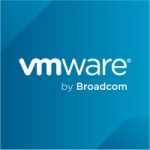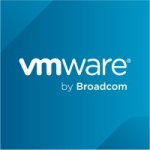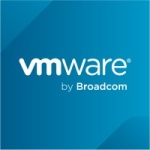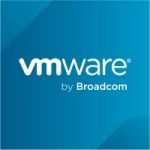What is most valuable?
The most valuable feature is probably the analysis, the capacity remaining, what is going on inside of the clusters and with the virtual machines, so you can see the capacity planning. You can tell if something needs CPU, you can tell if it needs memory, and whether it's based on actual demand. I personally like that feature very much. I'm responsible for making sure we have capacity.
How has it helped my organization?
It's definitely improved the way that we buy hardware, for sure. Before, you just see a cluster look strange; we didn't know. The differences between allocation and demand has really helped us be much more efficient in the way we buy hardware and how we run our clusters.
vROps has definitely helped us avoid outages, in the sense of not overloading our clusters, and running them into the ground. We just really started setting up the alerting and going through that. We found we had some data stores that kept running out of space, and no one was really keeping an eye on that. We had the native VMware monitoring, but that was just going to some person's mailbox. We set that up. That's been pretty good so far. Mostly, I feel like we're just scratching the surface of what this tool does.
It has also been a huge help with capacity management and with performance management. We've just implemented some of the automation. We have things set up so that if a VM is screaming for CPU capacity, or memory capacity, it is automatically added in. That, so far, has been great. We're still testing it out, but it's going to be great, I think.
It hasn’t helped us save that much on storage. We eat storage like nobody's business. Storage is one reason why I recently attended VMworld. I wanted to look a lot into the virtual SAN features.
What needs improvement?
I would like it to be a little bit easier to do some things to make dashboards, or it might just be my ignorance of the product. I feel like I know a lot, but there's so much more. I would like more wizards to be able to do some of the simpler things, and to try and make it speed up. I'm looking forward to it. We're going to start installing some of the plug-ins and doing some other monitoring. I would like this tool to take over all of our monitoring. We have SiteScope, we have Nagios; we have all of these things.
Another thing I would like is the ability to see inside Linux guest OS without Attunity or something like that, or the ingenuity that you need to have with that.
What do I think about the stability of the solution?
The stability's good. I find it to be a little chuggish sometimes; it can be very slow. Other than that, we've never had a problem with it being unstable or going down. It just gets really slow sometimes.
What do I think about the scalability of the solution?
We haven't really tried to scale yet. We might not be using it in the best way. We have a bunch of vCenters; so a bunch of different vROps instances. Instead of scaling out, we tend to build new data centers, but so far, it seems like it's a powerful tool.
How are customer service and technical support?
We don't use technical support for it. We use our TAM at times to tell us how to do things, because you really need a college degree to run vROps. So far, we haven't had to open any support at all for vROps, specifically. Lots for VMware, but not vROps.
Which solution did I use previously and why did I switch?
We were just using the native tools that come with VMware; basically, the reports in there. We looked at some other solutions. Honestly, vROps used to be something else, and I found that to be a crappy monitoring tool, but when we started implementing this, when they came out with the modern day version of vROps, it was just great. I think it came in one of our deals, so we implemented it. We said, “Oh hey, this is awesome.”
How was the initial setup?
Setting up the infrastructure behind it was a little bit challenging, trying to figure out what we needed for horsepower. It wasn't overly complex to set up. Again, we had a TAM at the time, and he was great. He just worked with us through the whole thing. The implementation of it went really well.
Which other solutions did I evaluate?
There was another vendor on our short list, but I don't remember their name. I had someone come in and do a demo of some kind of VMware monitoring tool.
When selecting a vendor like VMware, my most important criteria is going to be, how good is the support? Obviously, cost comes into play. We strongly consider what the Gartner Group says; where the vendor appears in the Magic Quadrant; where they are in the market.
What other advice do I have?
Definitely take a look at it. Go to training, for sure.
I find it to be a very powerful tool. There's a lot of information. I like the way that it's set up. I like the little videos that are inside, so when you're trying to figure out what you're doing. It's very easy to try and navigate. There's a lot to learn, but I feel like it's not overwhelming. You can take a piece at a time, and build on it. It's a great tool so far.
Disclosure: My company does not have a business relationship with this vendor other than being a customer.

















